Chipps gives us the lowdown on the brand new 2020 Ibis Ripley
The new 29er from Ibis, the Ripley, Mk4, is a degree slacker, half a pound lighter and a whopping 47mm longer than the previous model. It’s even longer and lower than the company’s popular Ripmo EWS race steamroller.
Last month, we were invited along to check out the new Ibis Ripley Mk4. Those with very long memories will remember the Mk1, which was an aluminium softtail launched in 2001, with barely an inch of travel (and reviewed in the first few issues of Singletrack…)
Many years later saw the first modern Ripley, using Dave Weagle’s DW link suspension on clever rotating eccentric pivots to provide the travel. It was full carbon and featured 130mm travel up front and 120mm travel out back.
Since then, there’s be a couple more revisions, including the Ripley LS (Long and Slack, which by modern standards, wasn’t) though more recently, in 2018, the Ibis RipMo was launched.
Halfway between a 29er Ripley and a rough and tough Ibis Mojo HD, it was an instant hit on the enduro circuit with its 160/145mm travel and big-rolling 29in hoops.
This left the Ripley behind and Ibis went all out to make sure that the new Mk4 Ripley was as contemporary as possible. In doing so, Ibis’ engineers took the bike back to basics and re-planned the carbon layup, doing away with anything that didn’t add strength and stiffness. The carbon layup was re-done, and the suspension was changed from the old eccentric links to more conventional swing links similar to the Ripmo.
These changes saved half a pound on the bare frame weight.
The geometry was dramatically tweaked as well. The new linkage allowed longer dropper posts to fit and Ibis lowered the top tube to suit modern aggressive riding. The size-large only has a 16.5in seat tube length. That’s quite short!
Up front the head angle has slackened by a degree to 66.5° and out back the seat tube angle has steepened by three to 76°. The reach on all of the frame sizes has increased by an average of 45mm while the chainstays are shorter by 12mm at 432mm.
The new Ripley is specced with a 44mm offset fork, in comparison with the old Ripley Mk3 which specifically advised riders to spec a 51mm offset fork. See Wil’s recent article on fork offset to see what that all means.
Many changes, but at its heart the Ripley is the same genre-crossing machine that’s as suitable as a fast trail bike as it is a long distance endurance race bike. Although it has slack angles and a long reach, it still takes a water bottle inside the frame triangle and comes with a non-piggyback shock. Where you take it after that is up to you. We think it’s the most exciting bike Ibis has made – since the last one last year.
The new bike should be on sale in the UK almost as soon as you read this. There are two colours – Black. And ‘Blue Steel’ and more details and prices can be found at ibiscycles.co.uk
UK prices are in for the frame-only setup.
- Ripley 4 frame only with Factory DPS Evol shock – £2,999
- Ripley 4 frame only with Performance DPS Evol shock – £2,850
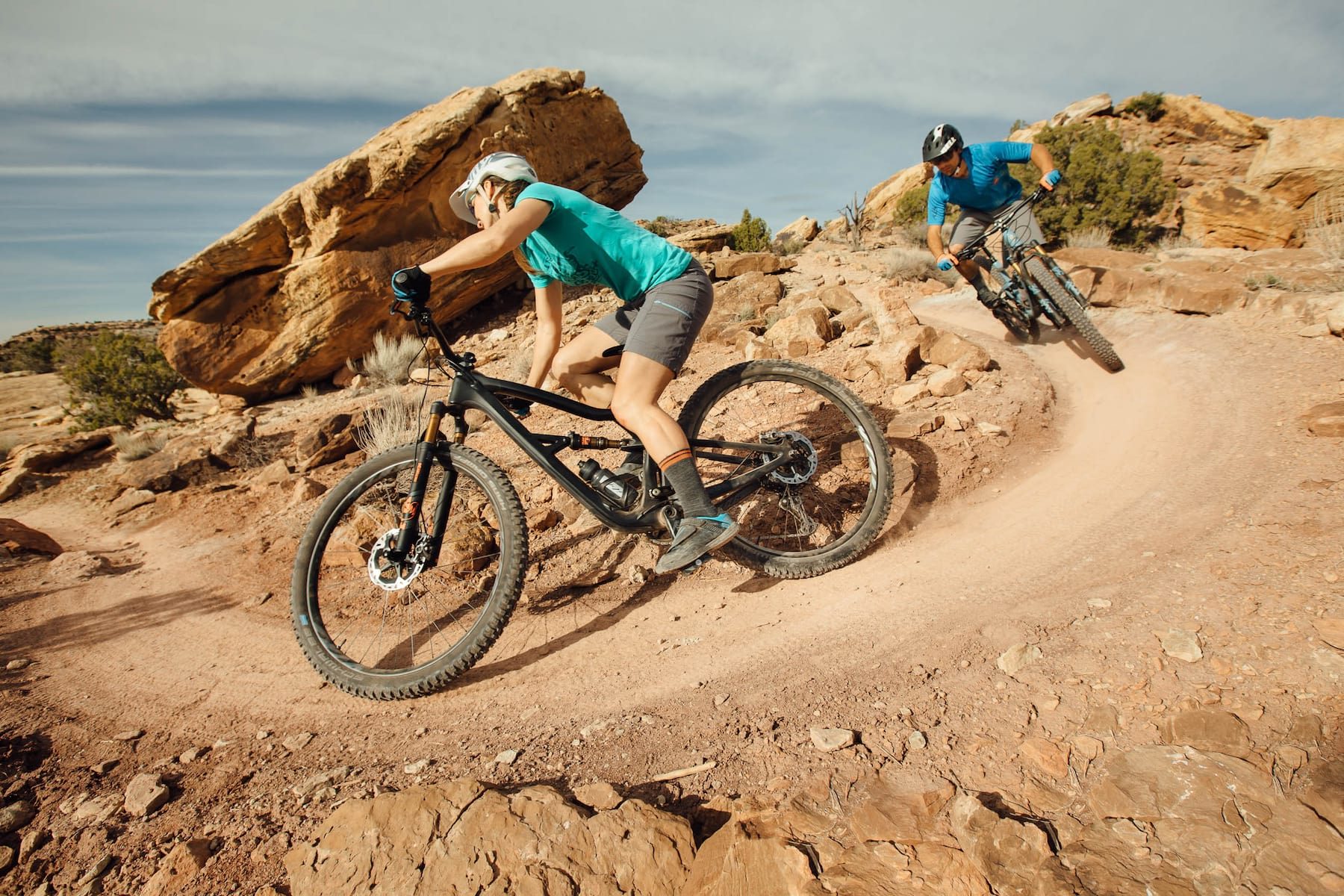
Comments (3)
Leave Reply
Post Comment
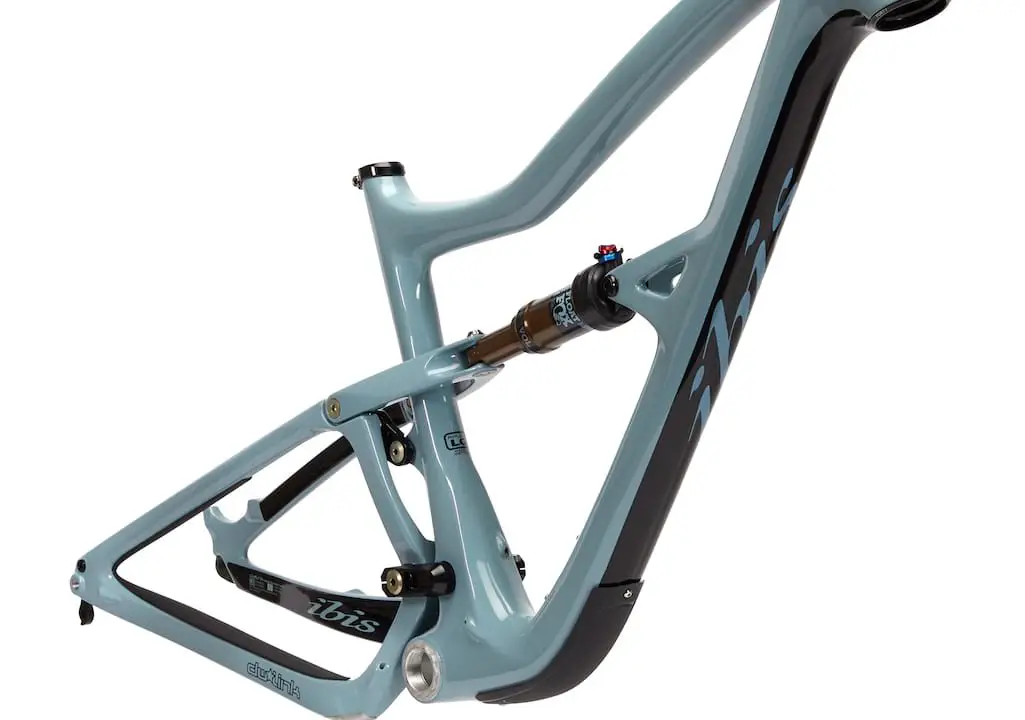
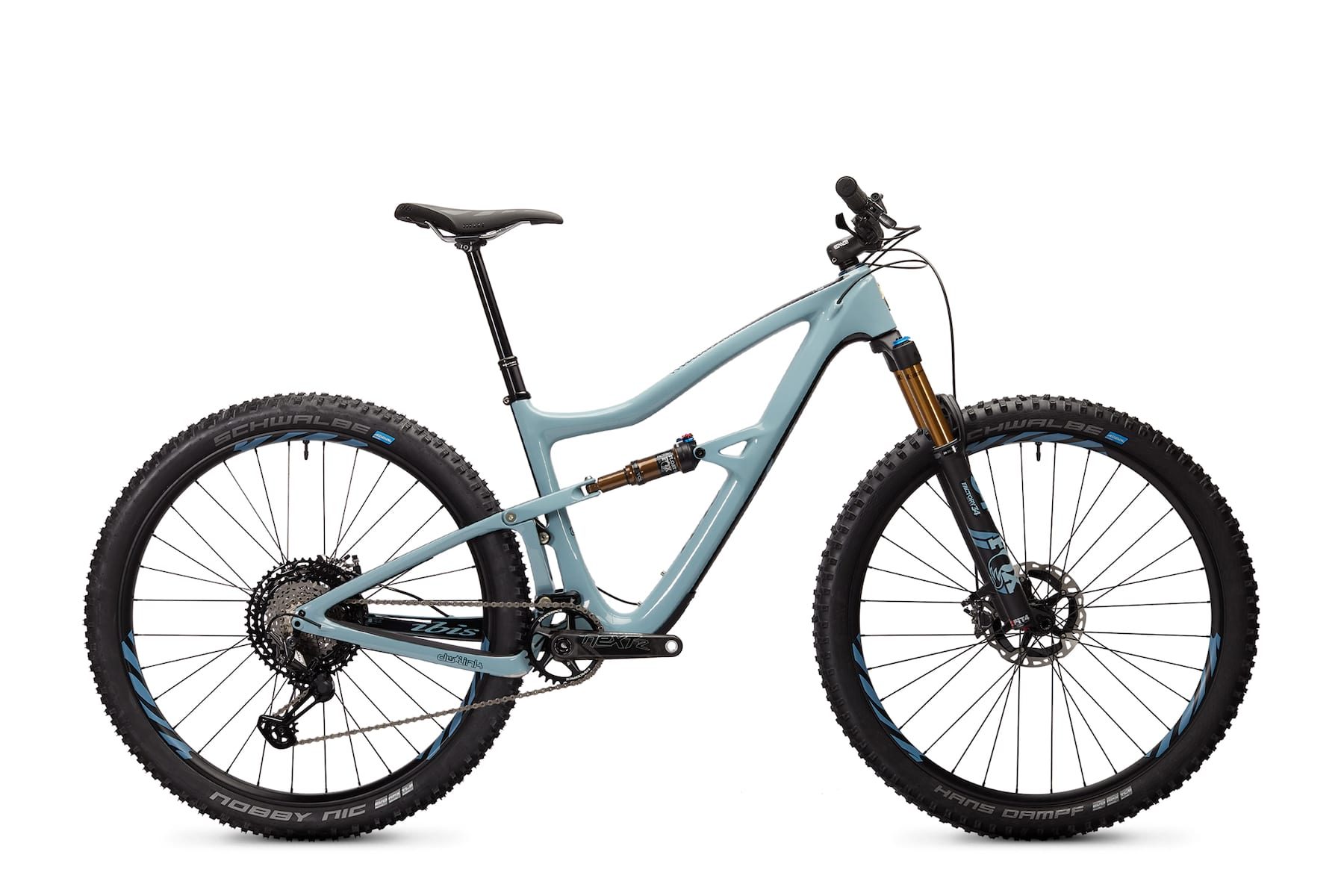
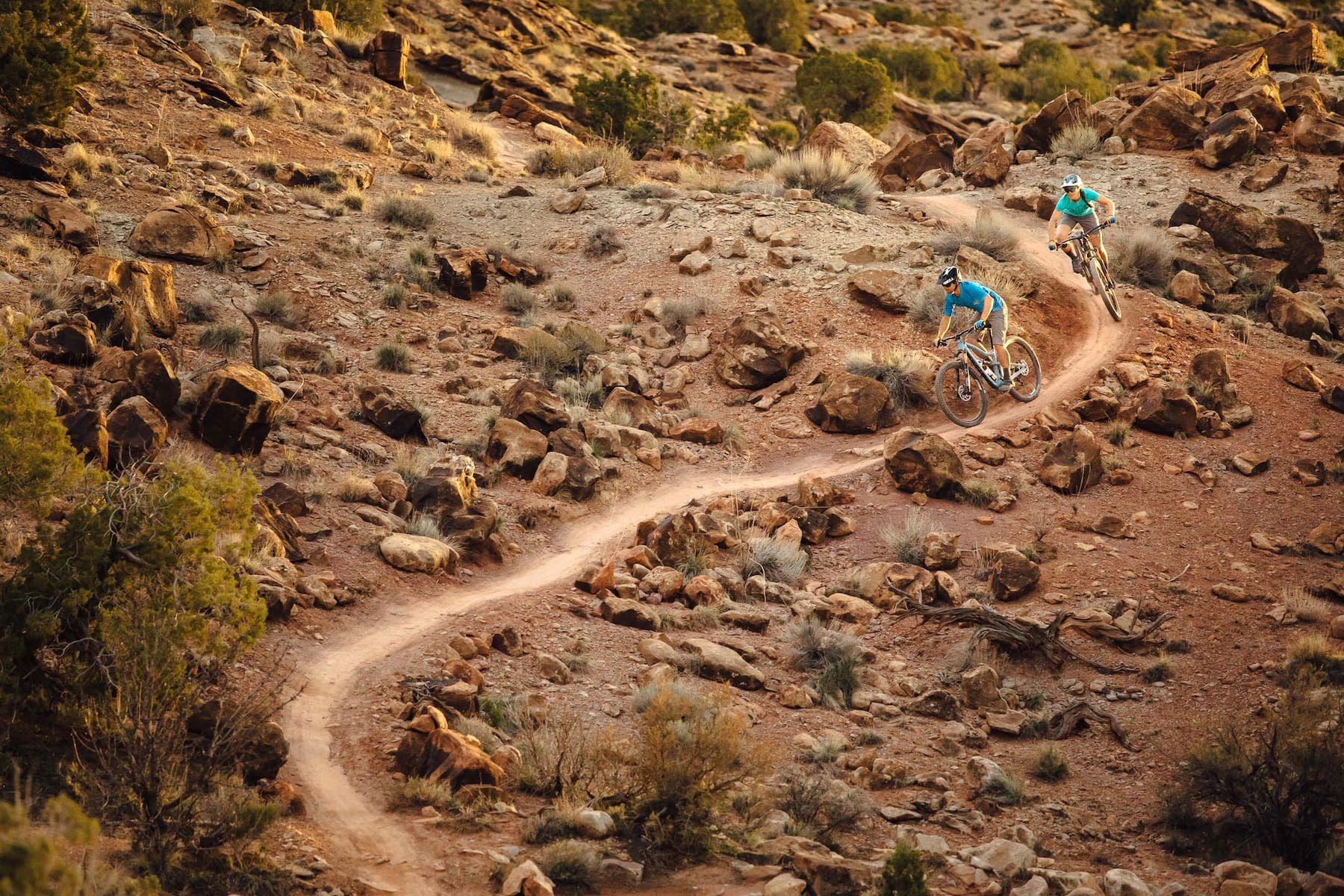
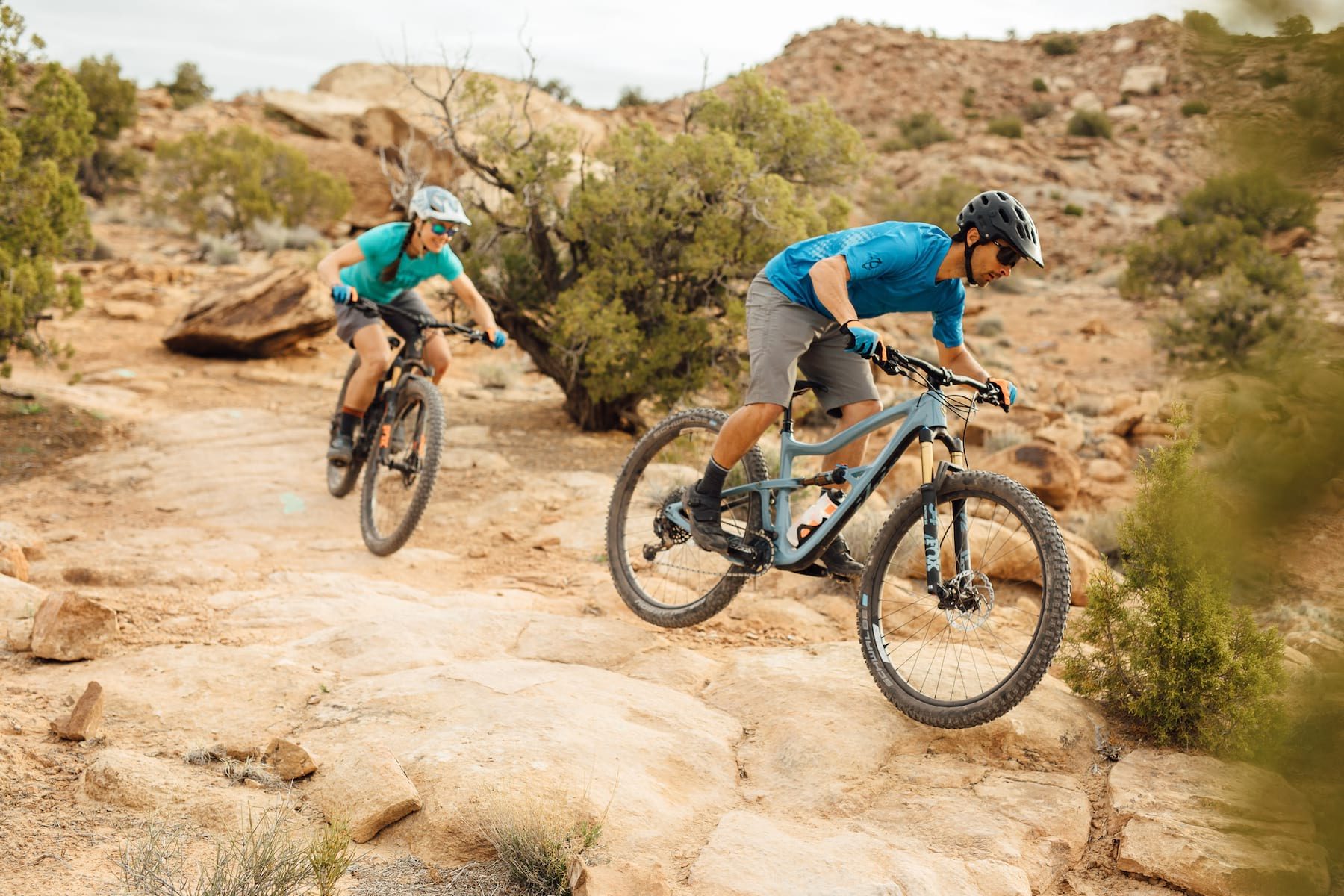
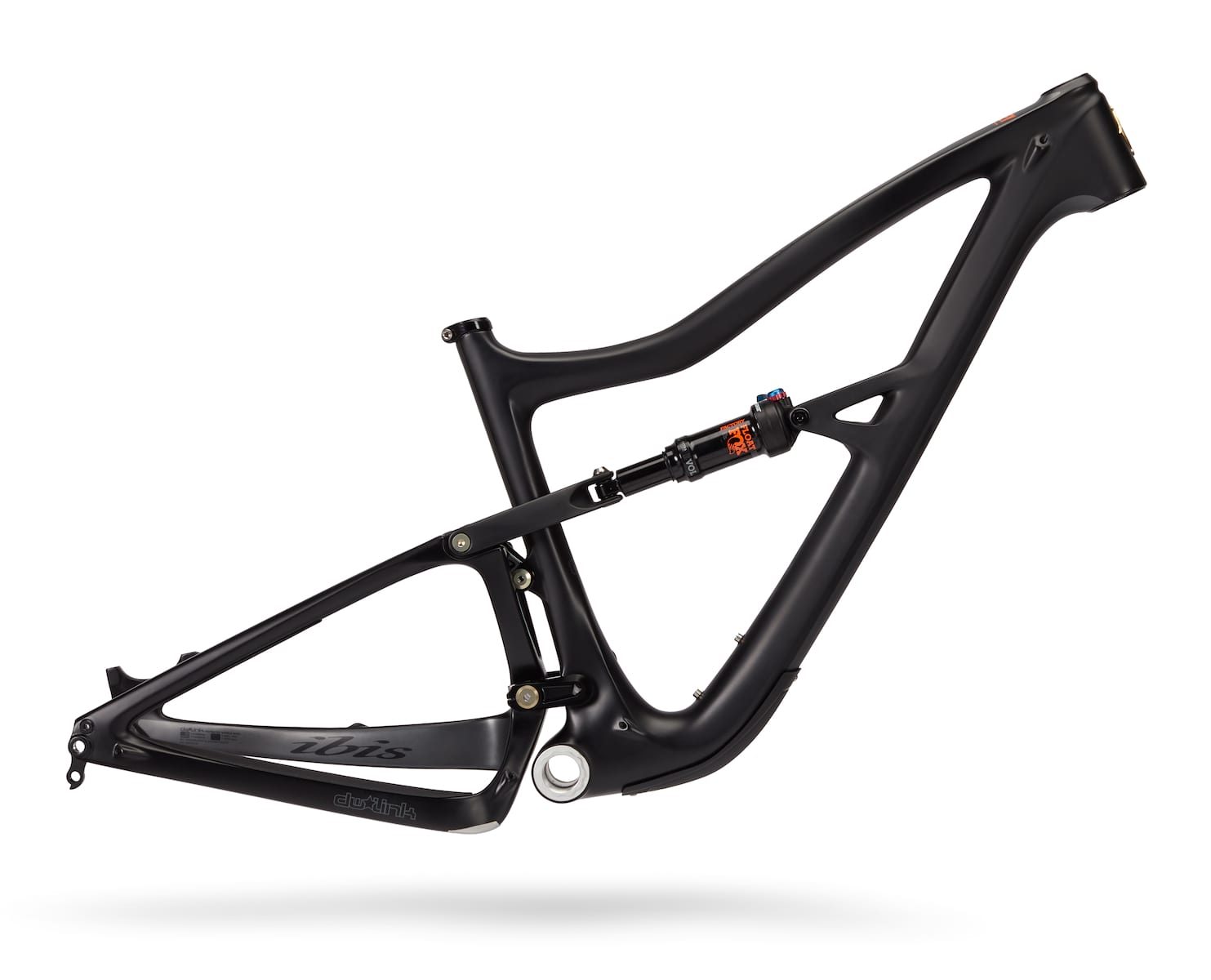
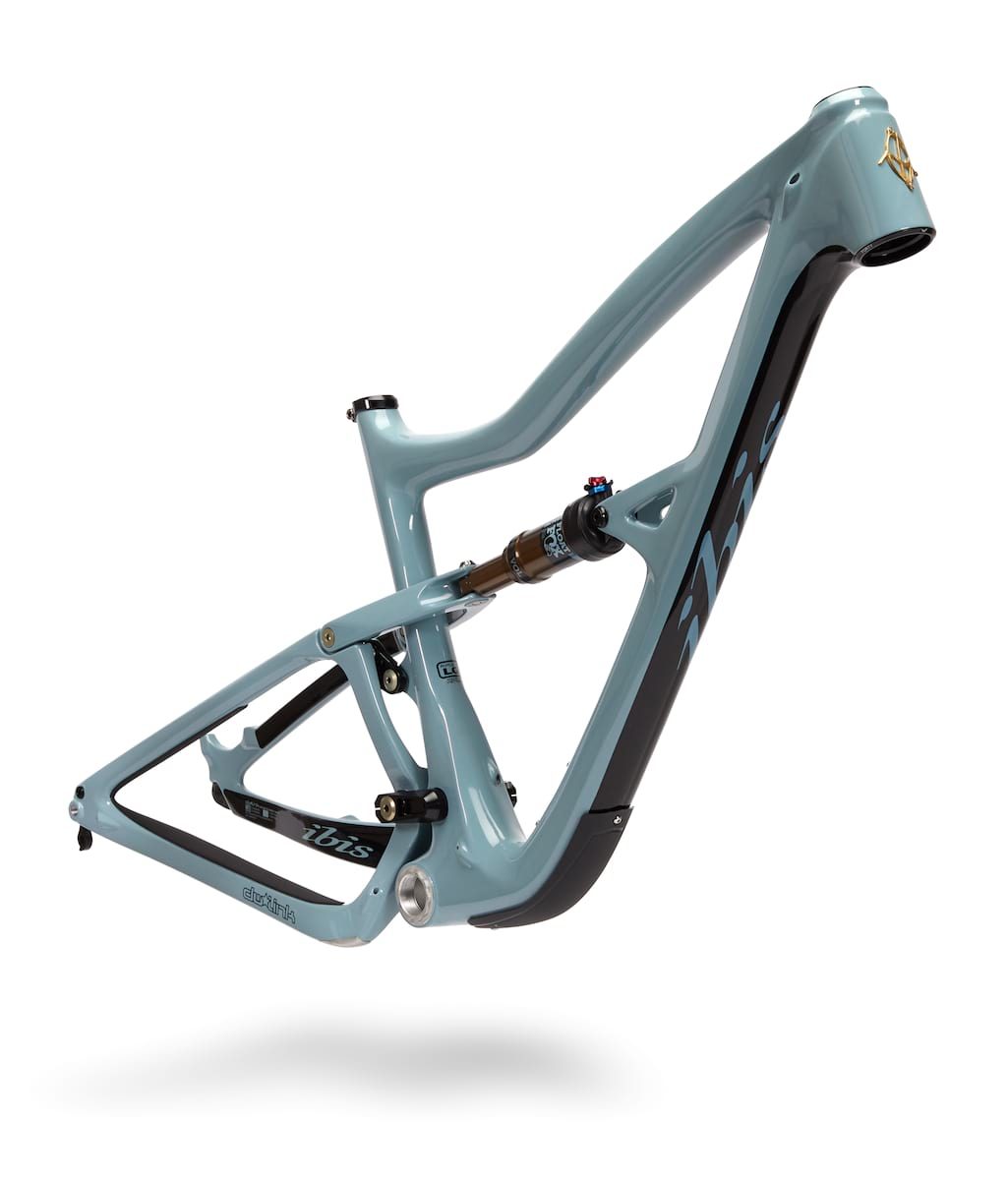
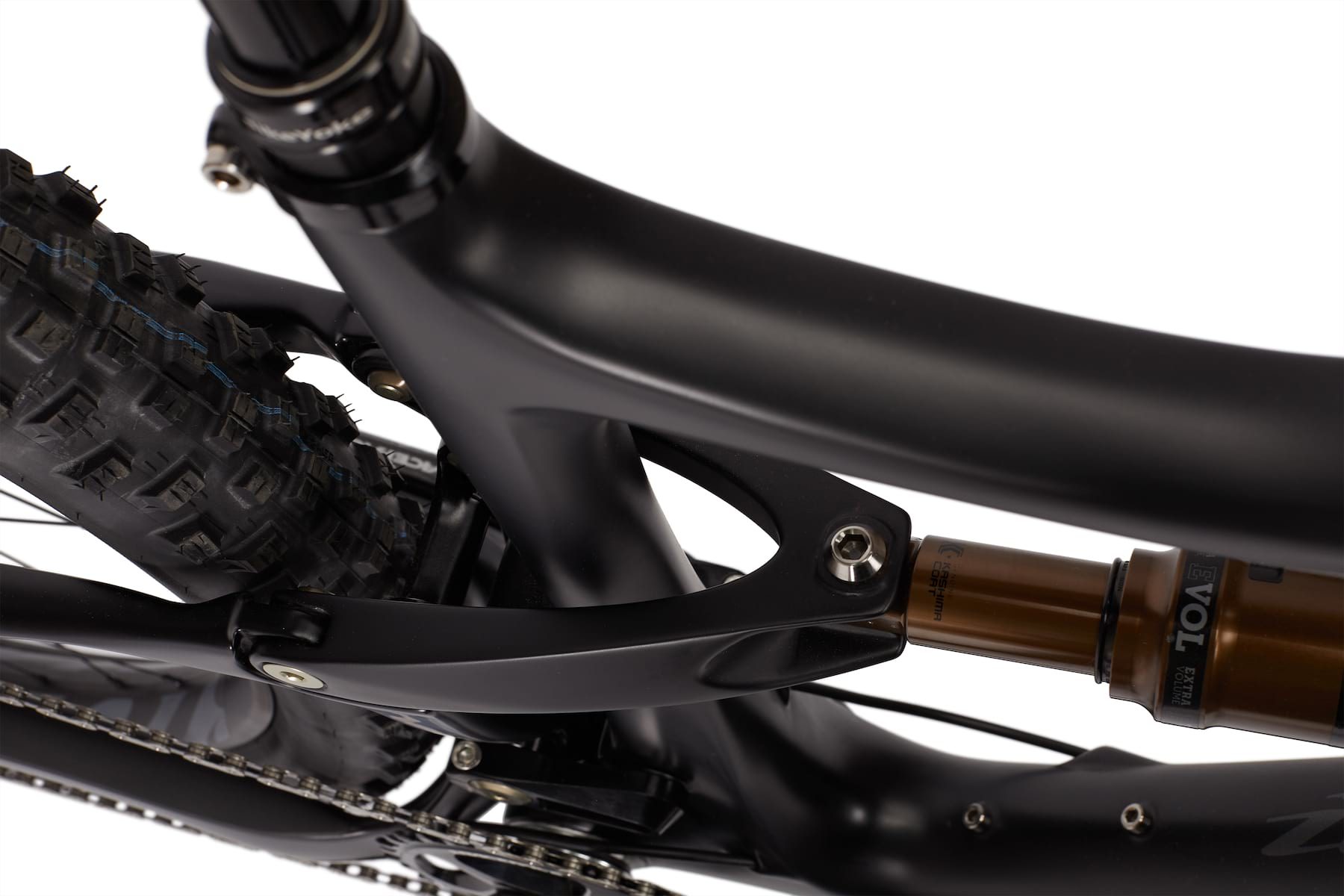
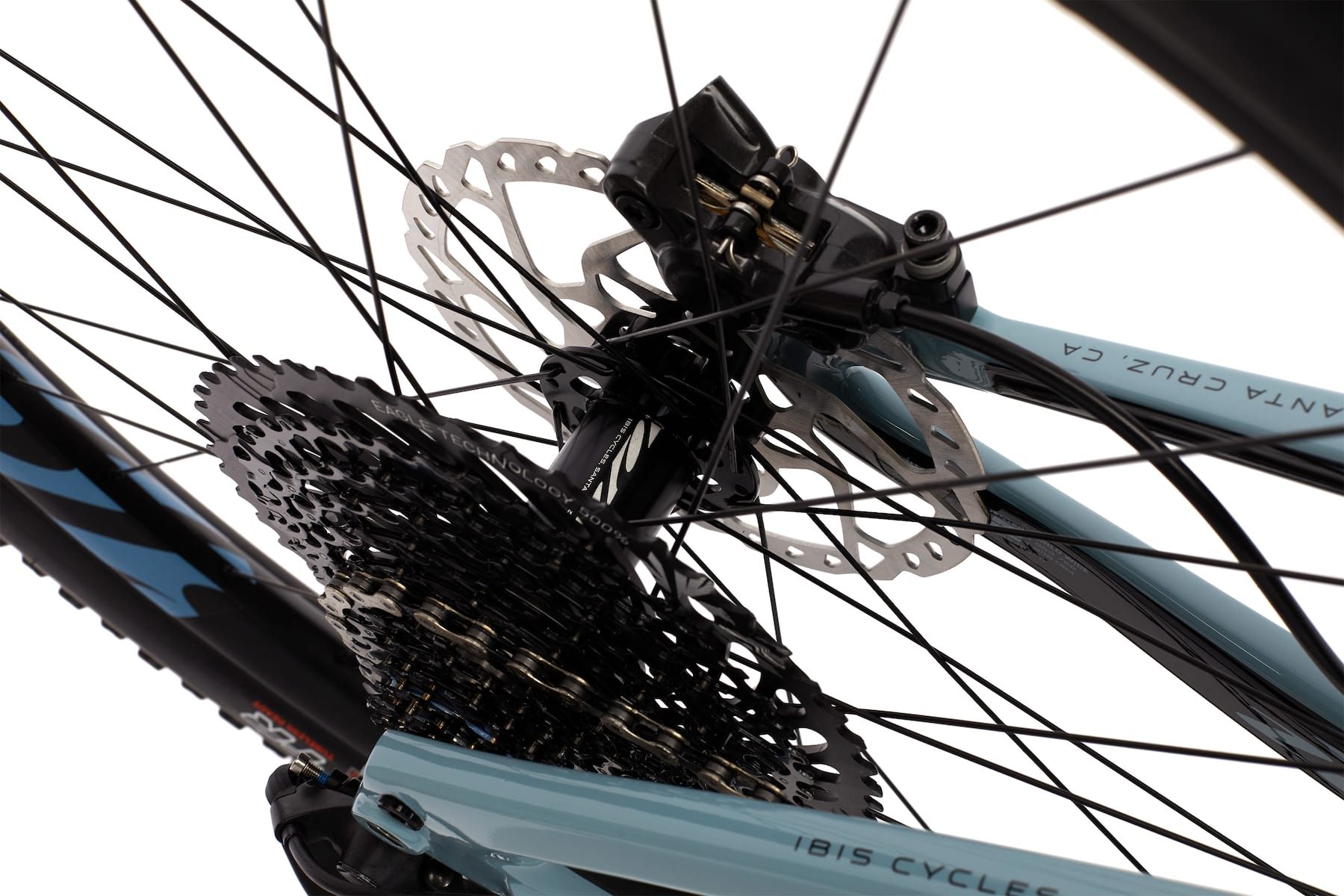

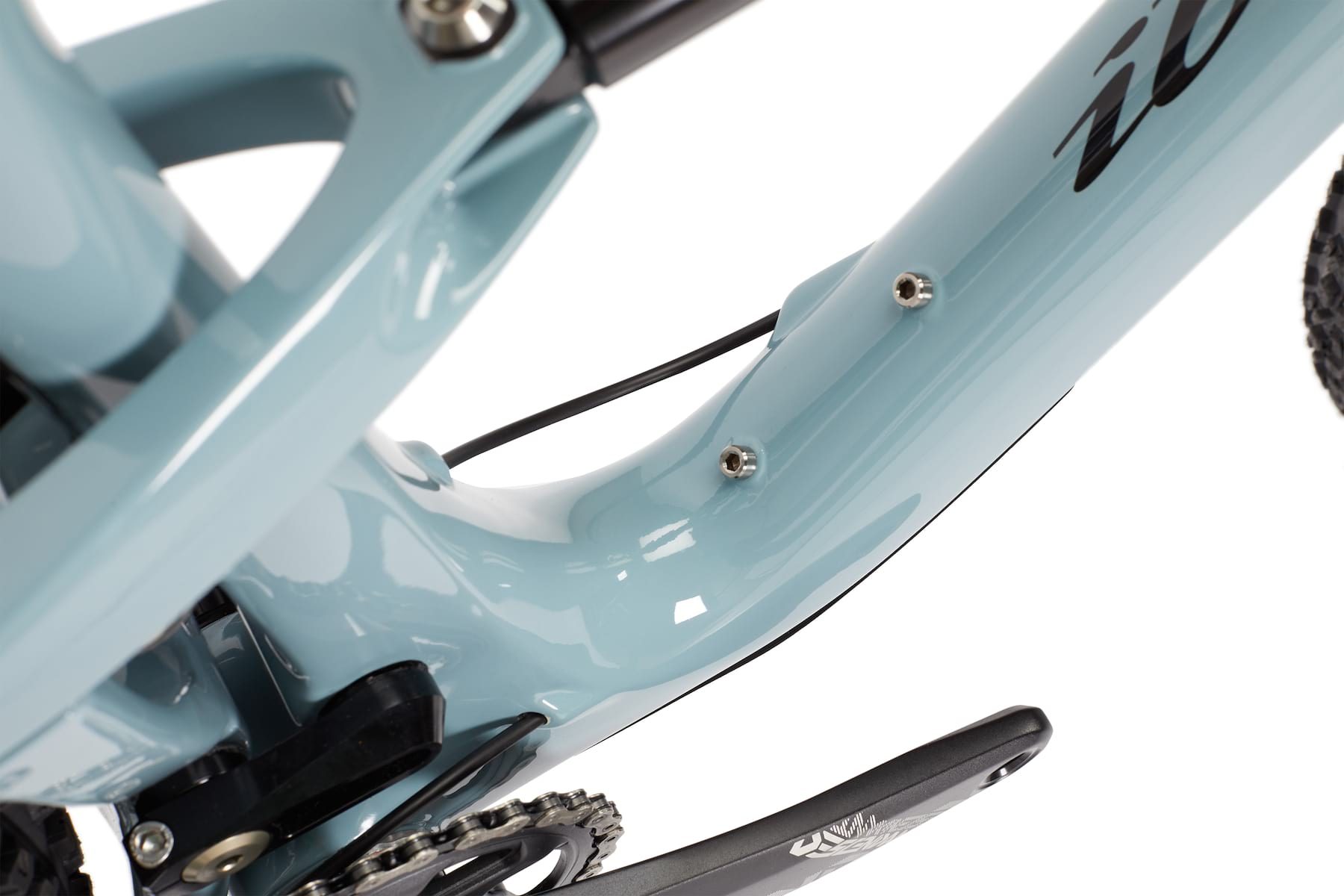

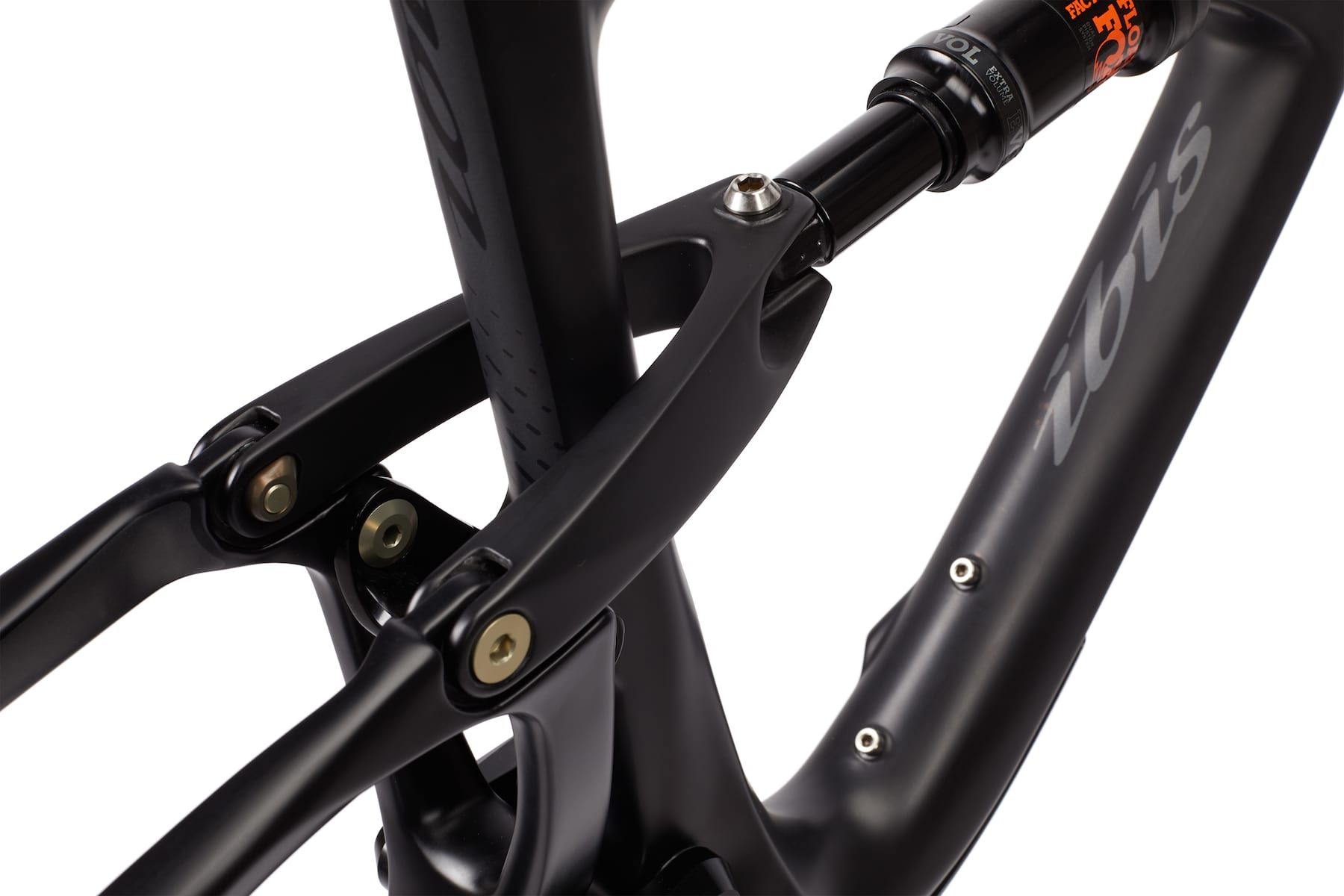
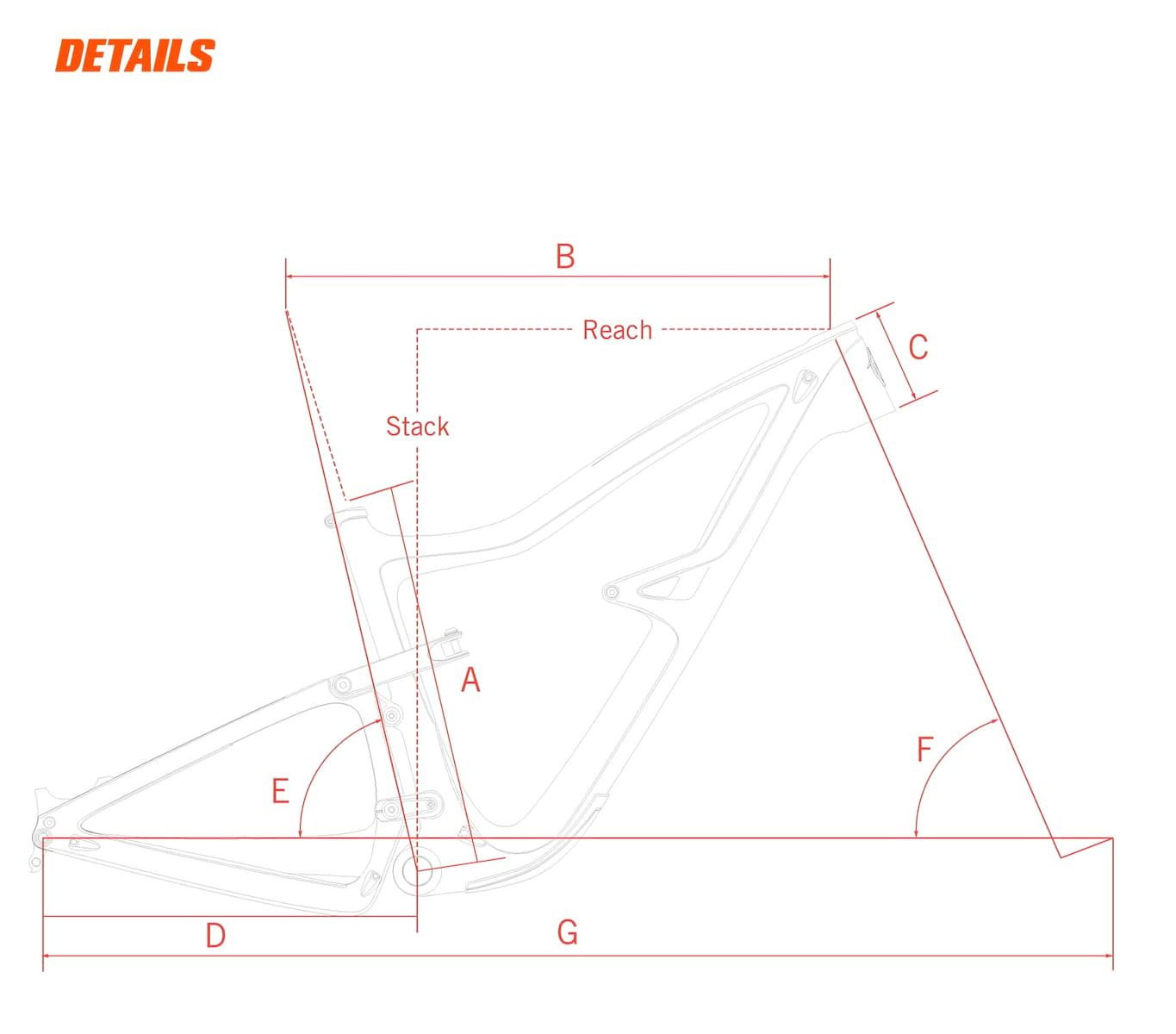
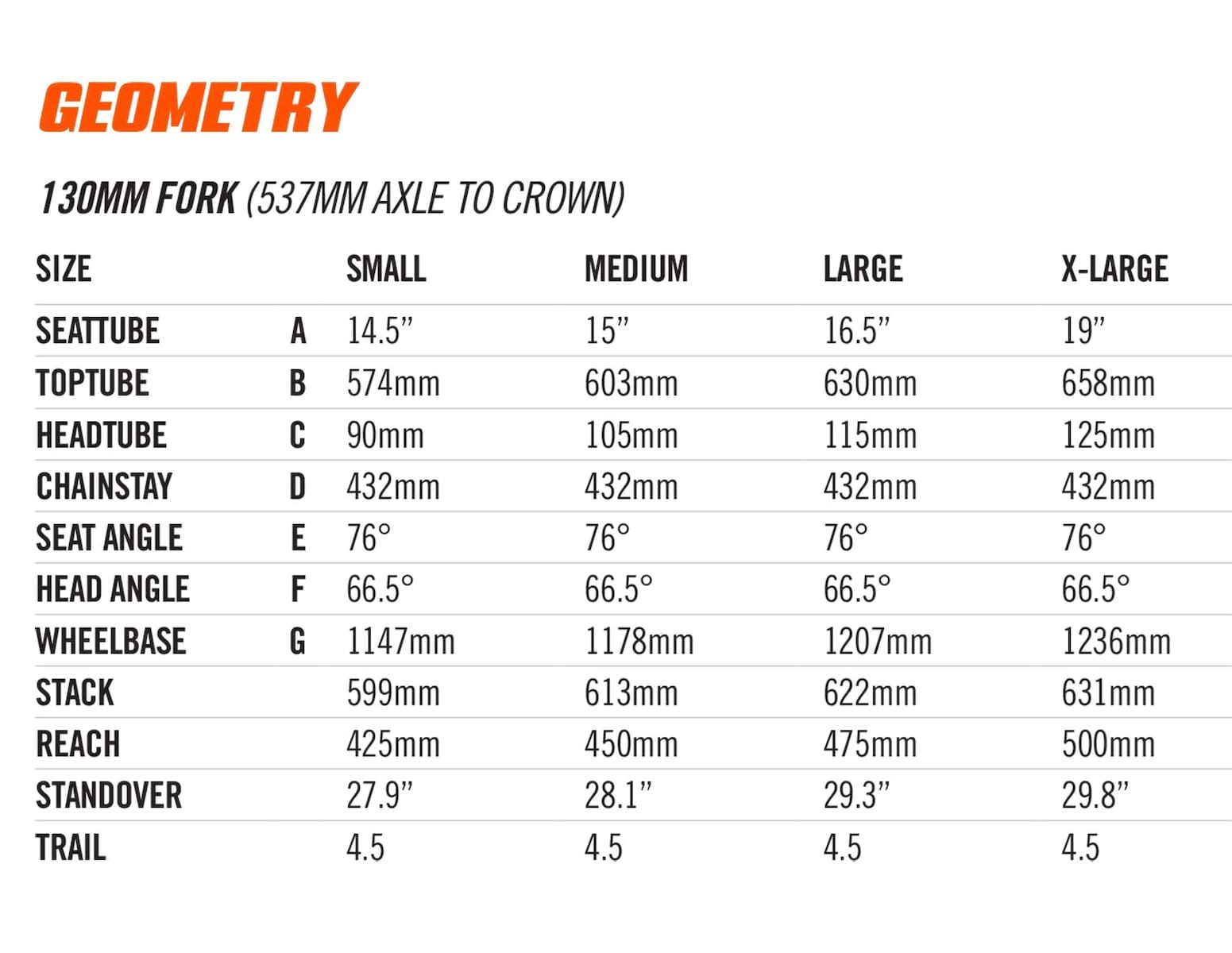
Just like you have a name, the colour also has a name – Slate
That will be such a capable ride, as an owner of the HD 3 & 4 I think, sometimes less is definitely more, and decent colours for a change, none of that fade nonsense.
The thing that strikes me is how NOT long and slack that first pic looks – it maps surprisingly closely (flick-book style) onto a pic of my 2017 Giant Trance 2.